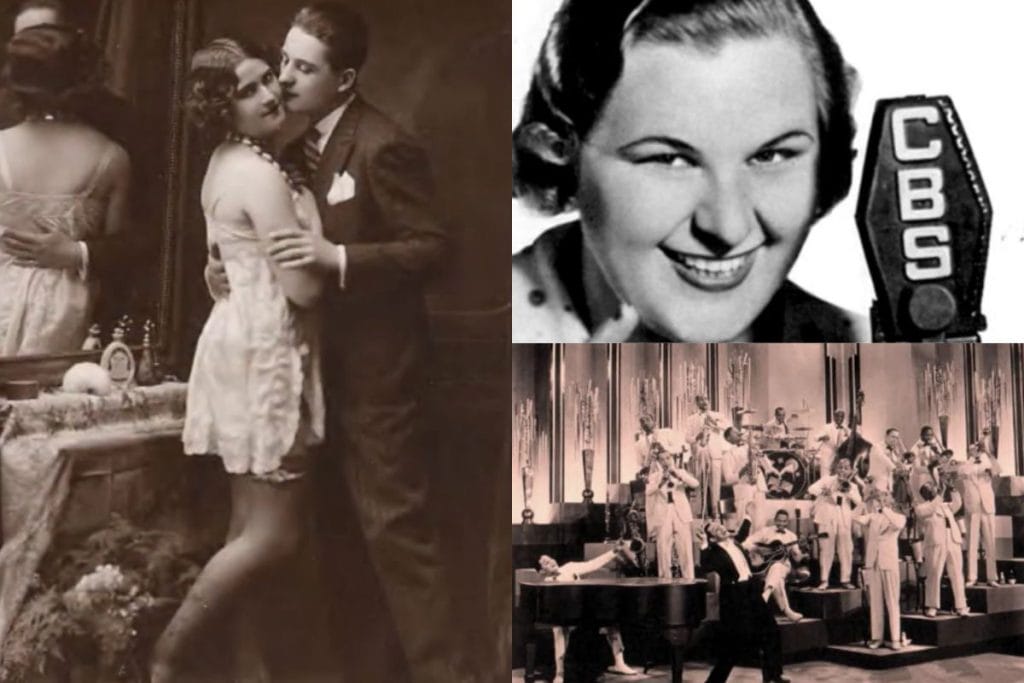
There aren’t many around that are old enough to remember the joys of music from the 1930s. If you’re one of the special few, I hope our below list brings a smile to your face. Here are the best songs from 1931.
1. “Minnie The Moocher” By Cab Calloway & His Cotton Club Orchestra
Song Year: 1931
“Minnie the Moocher” stands as a legendary jazz track, performed and recorded by Cab Calloway & his Cotton Club Orchestra in 1931. As one of the greatest songs from that year, this iconic piece features an infectious rhythm and unique style known as scat singing.
This tune catapulted Cab Calloway into stardom during his time at the Cotton Club, a famous Harlem nightspot where many prominent jazz musicians made their mark on history.
This big band leader was not only a skilled singer but also an exceptional entertainer who helped popularize jazz slang often used in lyrical content during the Swing era.
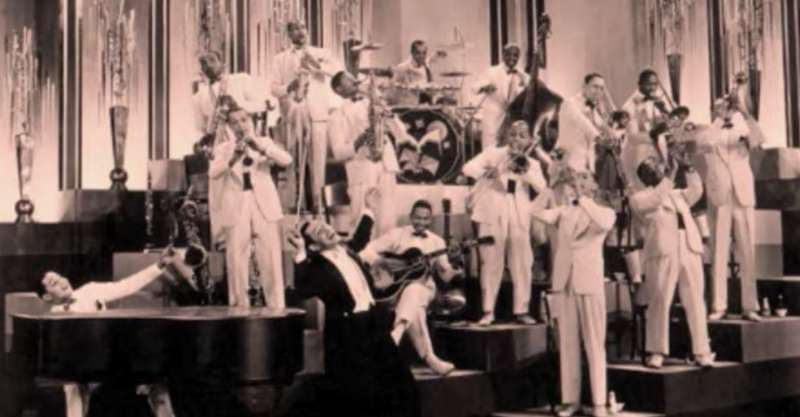
2. “Just a Gigolo” By Ted Lewis
Song year: 1931
The year 1931 marked the rise of a popular song called “Just a Gigolo,” with Ted Lewis being one of the foremost recording artists to bring this captivating tune into mainstream music.
Originally composed as a tango by Leonello Casucci, and titled “Schöner Gigolo, armer Gigolo” in Austria circa 1928, Irving Caesar later adapted it into English for even more listeners to enjoy.
Ted Lewis & his Orchestra’s rendition stands out not only because of their unique style but also due to its January 13th New York recording session under Columbia Records (2378-D).
As they helped popularize “Just a Gigolo” across America, other iconic musicians like Ben Bernie, Bing Crosby, and Leo Reisman & His Orchestra joined the ranks in performing memorable covers.
Throughout history, certain tunes have left indelible impressions on those who hear them – sparking emotions and creating timeless memories.
3. “Mood Indigo” By Duke Ellington
Song year:
Duke Ellington’s iconic jazz composition “Mood Indigo” is one of the 17 best songs from 1931. With its unique harmonization and captivating melodies, this timeless piece showcases the unmatched talent of Ellington and his Cotton Club Orchestra.
Originally released under the title “Dreamy Blues” on Brunswick Records, “Mood Indigo” went on to become one of Duke Ellington’s most celebrated compositions. Its groundbreaking arrangement set new standards in jazz music during the beginning stages of Big Band orchestras and swing era influences.
Throughout its existence, this classic song has left an indelible mark on both audiences and musicians alike with its innovative approach to improvisation combined with expertly crafted notation for each instrument involved.
4. “Dream a Little Dream of Me” By Wayne King
https://www.youtube.com/watch?v=C7Hg49s_SdM
Song year: 1931
Wayne King’s orchestra delivered one of the most memorable ballads of 1931 with “Dream a Little Dream of Me.” The song features a delightful melody that is soothing and romantic.
“Dream a Little Dream of Me” showcases King’s mastery as an arranger, and his ensemble brings out the best in this jazz standard. The lyrics, written by Gus Kahn, are poetic and sensual, perfectly capturing the essence of love.
This beautiful tune has stood the test of time and continues to be a favorite for many generations. Its enduring appeal lies not only in its catchy melody but also in its ability to evoke feelings of nostalgia and romance among listeners.
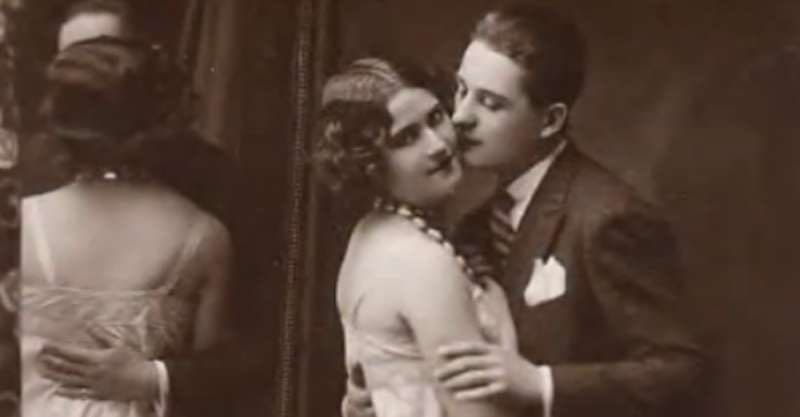
5. “Out of Nowhere” By Bing Crosby
Song year: 1931
“Out of Nowhere” by Bing Crosby is a timeless classic jazz song that was recorded in 1931. It features Crosby’s smooth vocals and the soft sounds of a saxophone, delivering an emotional message about a love that unexpectedly appeared in his life.
Crosby’s version of “Out of Nowhere” was included in his album titled “Bing-His Legendary Years 1931-1957”. The album showcased some of his most iconic musical recordings from the golden age of Hollywood, including swing music and big band era classics.
Overall, “Out of Nowhere” represents an important moment in American music history when crooners like Bing Crosby were gaining popularity and shaping soundtracks for generations to come.
6. “Tiger Rag” By the Mills Brothers
Song year: 1931
This song was originally recorded by the Original Dixieland Jass Band in 1918, but it was The Mills Brothers’ version that made this song a hit and propelled them to stardom.
The Mills Brothers’ version of “Tiger Rag” can be found in their album “The Anthology: 1931-1968”, which features some of their greatest hits. It’s interesting to note that this song launched The Mills Brothers into fame and established them as one of the most popular vocal groups of all time.
Overall, “Tiger Rag” is an excellent example of swing music from the ’30s, and The Mills Brothers’ rendition remains a classic today.
7. “Stardust” By Isham Jones
Song year: 1931
“Stardust” by Isham Jones is a jazz standard that has become an iconic song of the Big Band Era and American popular music. The song, originally written by Hoagy Carmichael, came to prominence in 1930 when Jones’ rendition became a hit on radio airwaves.
One of the most memorable cover versions was Louis Armstrong’s recording from 1931, which showcased his distinctive trumpet playing and soulful vocals. Frank Sinatra also recorded his version in 1961 as part of his album “Sinatra’s Swingin’ Session!!!”.
The song’s popularity continued into Hollywood, where it was included in many films such as “The Uninvited” (1944) and “Sleepless in Seattle”(1993), making it one of the most recognizable musical standards in history.
8. “Goodnight Sweetheart” By Guy Lombardo
Song year: 1931
“Goodnight Sweetheart” by Guy Lombardo was one of the most popular songs in 1931, ranking at number 8 on the music charts. This song became a classic and is still enjoyed today for its melodic tune and sentimental lyrics.
In addition to “Goodnight Sweetheart,” Lombardo had an extensive discography with many other hit songs, including his covers of “Under the Moon and Stardust” and “Red Roses for a Blue Lady.” The song was performed by Guy Lombardo & His Royal Canadians in 1931, making it one of their early successes.
It’s worth noting that this melancholic love song has stood the test of time as it remains well-known among jazz enthusiasts worldwide.
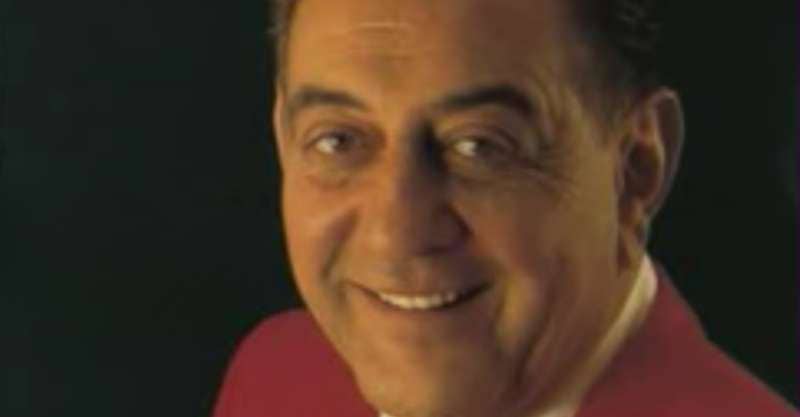
9. “At Your Command” By Bing Crosby
Song year: 1931
“At Your Command” by Bing Crosby is a ballad that was co-written by the legendary crooner himself, along with Harry Barris and Harry Tobias. The song features only Crosby’s soothing vocals and a gentle piano accompaniment, making it a perfect choice for romantic nights or slow dances.
The song was released in 1931 and quickly skyrocketed to great success, reaching no. 1 on the US charts for three weeks straight. It has since become one of Bing Crosby’s most beloved hits and is often included in compilations of his music.
Whether you’re already a fan of Bing Crosby or are just discovering him now, “At Your Command” is definitely worth giving a listen to. Its simple yet beautiful melody, coupled with heartfelt lyrics, will transport you back to an era when romance reigned supreme – all at the command of Mr.
10. “Goodnight Sweetheart” By Wayne King
Song year: 1931
“Goodnight Sweetheart” by Wayne King is a song that was composed in 1931 by Ray Noble, James Campbell, and Reg Connelly. The song quickly became popular and was recognized as one of the best songs from that year.
The song’s melodic quality and romantic lyrics captured the hearts of listeners then and now. “Goodnight Sweetheart” has been used in various movies, television shows, and commercials throughout history.
Moreover, other noteworthy performers like Guy Lombardo and Bing Crosby also performed their renditions of “Goodnight Sweetheart.” The success of this beautiful love ballad is undeniable even today.
11. “Stardust” By Louis Armstrong
Song year: 1931
“Stardust” by Louis Armstrong is a musical classic and one of the best songs from 1931. Written by Hoagy Carmichael in 1927, the song was recorded in Chicago on November 4, 1931, with Louis Armstrong’s Orchestra.
Performing “Stardust” can be challenging because of its meandering melody that requires singers to improvise their notes within the musical arrangement. Over the years, many musicians have covered “Stardust,” creating various adaptations of this timeless classic.
The song’s popularity reached new heights when it was featured in the 2007 movie titled “Stardust.” It played during a scene where Yvaine (Claire Danes) dances with Tristan Thorn (Charlie Cox).

12. “Just One More Chance” By Bing Crosby
Song year: 1931
Bing Crosby was a significant force in the music industry during 1931, and “Just One More Chance” is one of the best songs from that year. Written by Sam Coslow and Arthur Johnston, the ballad was first recorded by Abe Lyman and His California Orchestra before being recorded again by Crosby later in the same year.
As one of the top recording artists of the Jazz Age, Bing Crosby brought melancholic nostalgia to audiences with his crooning style. In 1931 alone, he appeared on ten of the top 50 songs either solo or with others.
“Just One More Chance” is a standout example of Bing Crosby’s talents and illustrates why he remains a beloved figure in popular music today.
13. “I Got Rhythm” By Red Nichols
Song year: 1931
“I Got Rhythm” is undoubtedly one of the most enduring songs from 1931, and Red Nichols’ version stands out as a prime example of the era’s musical excellence.
Red Nichols and His Five Pennies recorded their rendition of the song that same year, which became immensely popular and reached #5 on the US charts. The band’s performance captures all the buoyancy and energy necessary to adequately convey Gershwin’s remarkable tune.
It is safe to say that “I Got Rhythm” helped shape American pop culture as we know it today, given its influence on countless artists throughout history.
14. “(There Ought To Be A) Moonlight Savings Time” By Guy Lombardo
Song year: 1931
“(There Ought to Be A) Moonlight Savings Time” by Guy Lombardo is a delightful song that was released in 1931. The catchy tune, upbeat melody, and clever lyrics make this song an instant classic.
This popular hit has been performed by various artists and covered in many different genres over the years, but Lombardo’s rendition remains one of the most beloved versions.
Irving Kahal and Harry Richman wrote “(There Ought to Be A) Moonlight Savings Time,” showcasing their mastery of musical composition and songwriting. Their lyrics reflected the sentimentality of those times when people longed for more leisure time with family and friends.
15. “By The River St Marie” By Guy Lombardo
Song year: 1931
“By the River St Marie” by Guy Lombardo is a classic tune that was listed as the 16th best pop song in 1931. The song, recorded by Lombardo and his Royal Canadians, has become a timeless example of big band music from the early days of popular music.
Despite its popularity, “By the River St Marie” didn’t make it to the top ten list of sheet music at the time. However, it remains an important part of pop music history and is included in various rankings of great songs from that era.
If you are looking for an excellent example of swing or jazz standards from back in those days, add “By the River St Marie” by Guy Lombardo to your playlist! Its place on multiple top lists attests to its enduring appeal, even many decades after its first release.
16. “When The Moon Comes Over The Mountain” By Kate Smith
Song year: 1931
Kate Smith’s “When the Moon Comes Over the Mountain” was one of her biggest hits and became her signature theme song for her radio show in 1931. The song has a happy, upbeat melody that captures the essence of love and romance.
Although Kate Smith passed away in 1986, her music and legacy continue to be celebrated by fans around the world. Her body of work represents an important contribution to American music history, showcasing not only her talent but also capturing a moment in time when pop culture was undergoing significant changes.
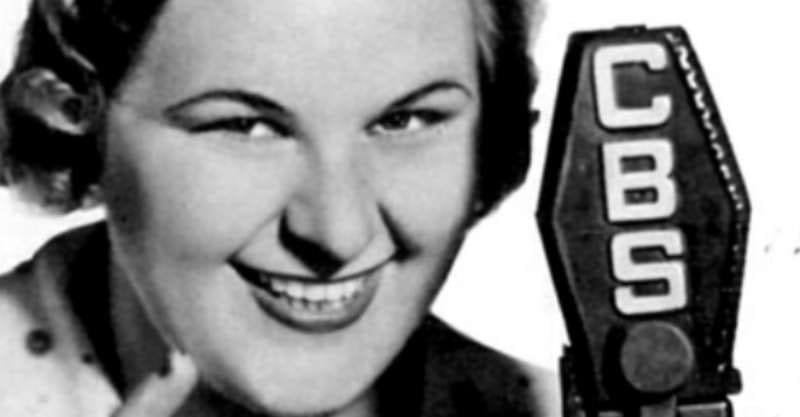
Top Songs From 1931, Final Thoughts
The year 1931 produced a plethora of timeless classics that continue to capture the hearts of music lovers today. From Cab Calloway’s energetic and infectious “Minnie the Moocher” to Wayne King’s sweet lullaby-esque “Good Night, Sweetheart,” there is no shortage of amazing songs from this era.
Duke Ellington’s jazzy masterpiece “Mood Indigo” and Kate Smith’s touching rendition of “When the Moon Comes Over the Mountain” are just two more examples of how remarkable music was during this time period.